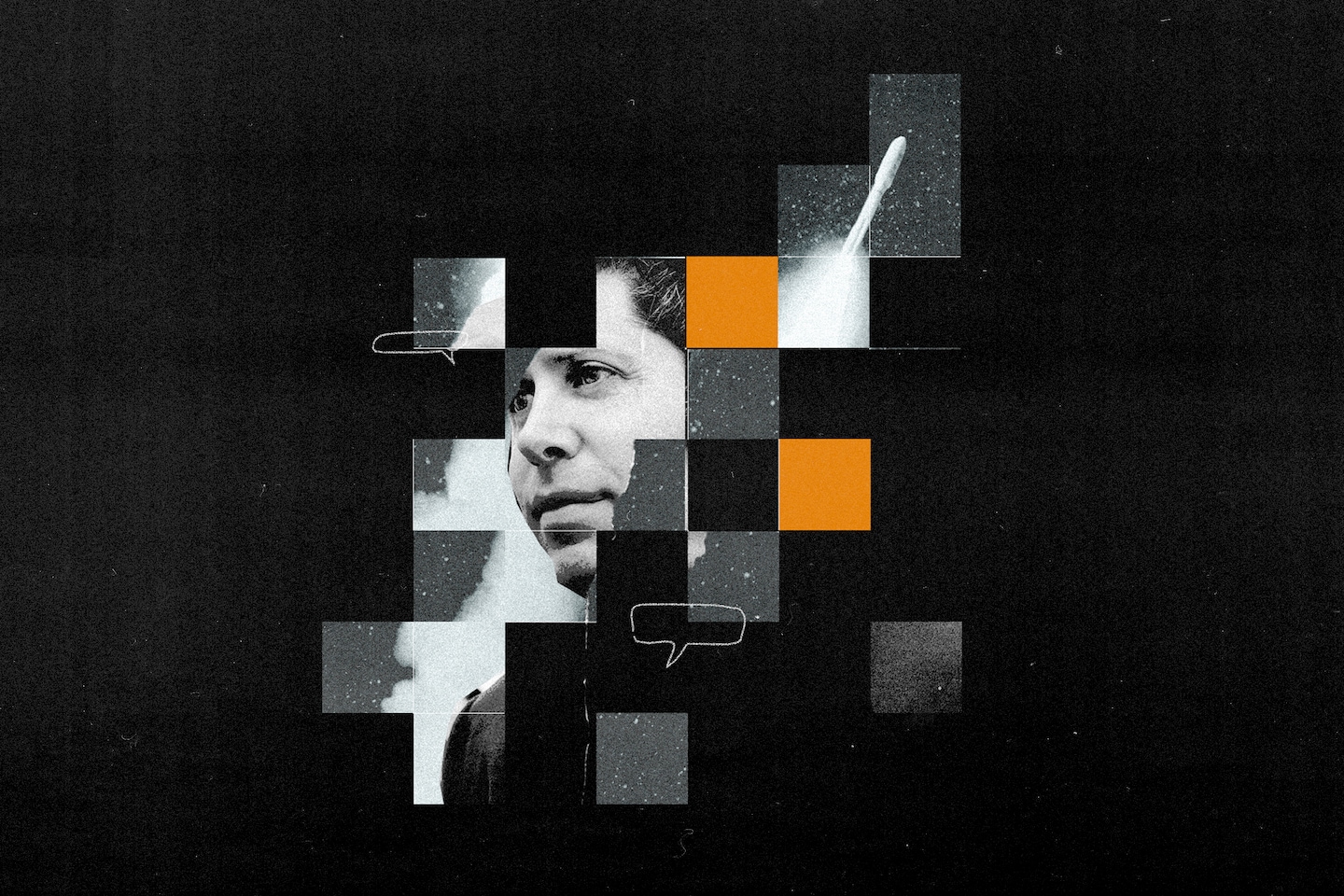A smaller faction of senior executives raised concerns about Sam Altman, the CEO of OpenAI, during a meeting this autumn.
As per sources familiar with the internal discussions, who chose to remain anonymous, Altman, a well-regarded leader and prominent figure in the AI industry, was accused of being excessively harsh, leading to disruptions and delays within the company. Allegations were made regarding Altman’s alleged practice of creating unhealthy competition among employees.
These complaints resonated with past experiences of some individuals, prompting the board members to contemplate holding Altman accountable for his actions. While the board did not explicitly label his behavior as abusive, they were concerned about potential deceit, particularly in relation to the removal of Helen Toner from the board after she criticized OpenAI publicly.
In response to the new complaints, the board scrutinized Altman’s conduct and deliberated on the impact of his leadership style on the organization. They also considered feedback from employees expressing apprehension about possible retaliation by Altman. One employee highlighted how their feedback had been disregarded by Altman, causing tension within the team.
Altman acknowledged the misunderstandings with the board members and emphasized the importance of learning from the situation to improve the company’s operations.
The decision to terminate Altman on November 17 was influenced by the complaints against him, which had not been previously disclosed. However, his reinstatement just five days later was prompted by the threat of mass resignations from the majority of top managers and staff at OpenAI.
Hannah Wong, a spokesperson for the company, affirmed that Altman’s reinstatement as CEO and the board’s resignation were both supported by the senior leadership team and the majority of the staff.
Despite the positive reception on social media following his return, Altman faced skepticism from some employees who questioned the board’s decision. Ilya Sutskever, OpenAI’s co-founder and chief scientist, expressed his discontent with the board’s actions shortly after Altman’s reinstatement.
There were reports of employees feeling pressured to sign a resignation letter supporting Altman’s removal, although some staff members denied any coercion, emphasizing that the decision was voluntary.
Altman’s departure posed a risk to an investment deal that would allow employees to sell their stock in OpenAI, potentially affecting the company’s valuation. The management team at OpenAI was united in their support for Altman’s reinstatement, viewing him as the best fit to lead the organization.
OpenAI committed to conducting an internal investigation to address the recent turmoil and restore trust with its partners, including Microsoft.
The board’s decision to dismiss Altman was attributed to concerns about his lack of transparency, particularly in his interactions with the board members. Altman’s attempts to evade scrutiny over his authority were cited as a key factor in the board’s vote to remove him.
The uncertainty surrounding the board’s composition and intentions led to speculation within the company. Sutskever’s role in a new AI safety initiative and his public statements on the risks of AI raised questions about his position within OpenAI.
Sutskever faced pressure to reconsider his stance on Altman’s removal but later expressed regret over his initial decision. He pledged to work towards unity within the company and endorsed the letter of resignation alongside other employees.
Altman and Sutskever indicated a willingness to collaborate in the future, with Altman expressing his desire for Sutskever to continue his work at OpenAI.
The situation at OpenAI remains fluid, with ongoing discussions and efforts to address the recent challenges and rebuild trust within the organization.






